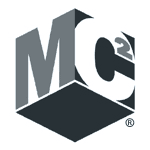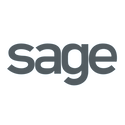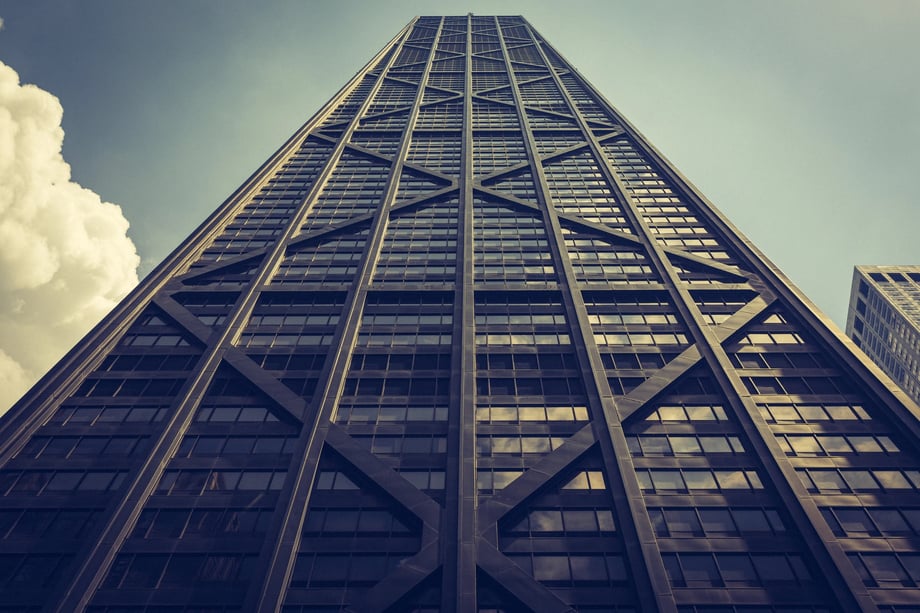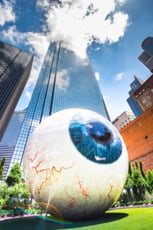How Did They Build That? Dallas Cowboy’s Stadium
I remember the first time I saw AT&T Stadium—the new(ish) home of the Dallas Cowboys. Even seeing it from afar literally took my breath away with how impressive it is. The Arlington skyline will be forever changed with its incredibly large white dome contrasting between our bright blue Texas sky and the city that supports it underneath. It looked blue-screened. Unreal. Like an experimental hologram.
It’s quite possibly the largest man-made structure I’ve ever seen…and I’ve seen some pretty big things.
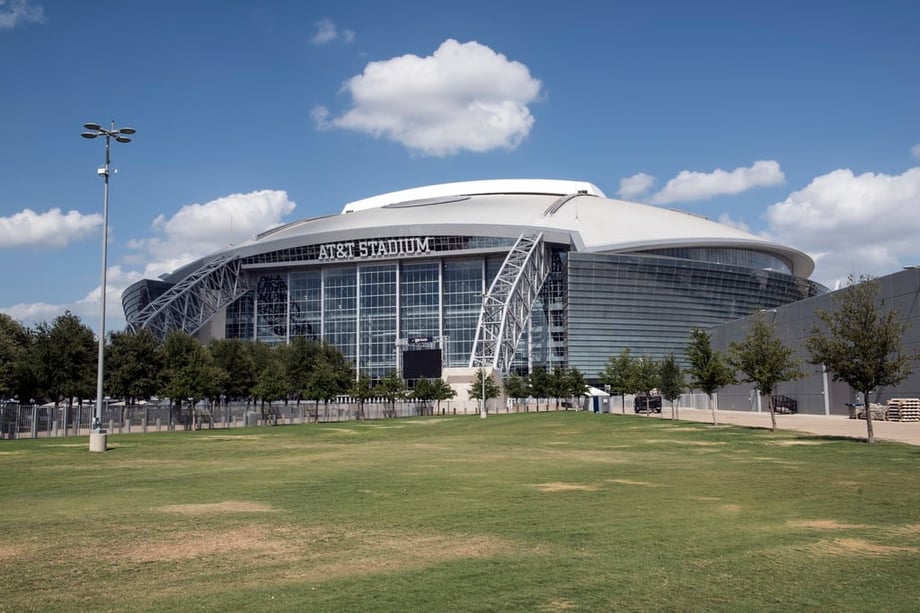 AT&T Stadium, home of the Dallas Cowboys, is the largest domed stadium in the world.
AT&T Stadium, home of the Dallas Cowboys, is the largest domed stadium in the world.After all, AT&T Stadium is the largest domed stadium in the world.
8 Crazy Facts About Dallas Cowboys Stadium
- Two, 3,255-ton, 1,225-feet long steel arches raise 320-feet above the field anchored by 4 abutments. They are the longest single-span arches in the world.
- It is the fourth largest dome in the entire world.
- The home of the Dallas Cowboys is the NFL’s largest enclosed stadium.
- AT&T Stadium has a 105,000-fan capacity.
- Since it is technically considered a room, it holds the title of the world’s largest air-conditioned room.
- At a final cost of $1.2 billion, AT&T stadium is one of the most expensive sports arenas ever constructed.
- The stadium houses the largest retractable glass doors in the world at 180-feet wide by 120-feet tall. They take 18 minutes to open and close.
- In 2009, when the stadium was completed, it housed the biggest HDTV screen in the world. Now surpassed by our other neighbor, Texas Motor Speedway in Fort Worth, Texas. Guinness World Records presented awards to Jerry Jones and the Chairman of Mitsubishi Electric for the World’s Largest High-Definition Video Display on September 28, 2009.
- AT&T stadium won the 2010 TEXO Construction Association Build Texas Award, the 2009 AIA Dallas Citation Built Category, 2010 Sports Business Journal Sports Facility of the Year and the 2019 Sports Business Journal Facility of the Decade.
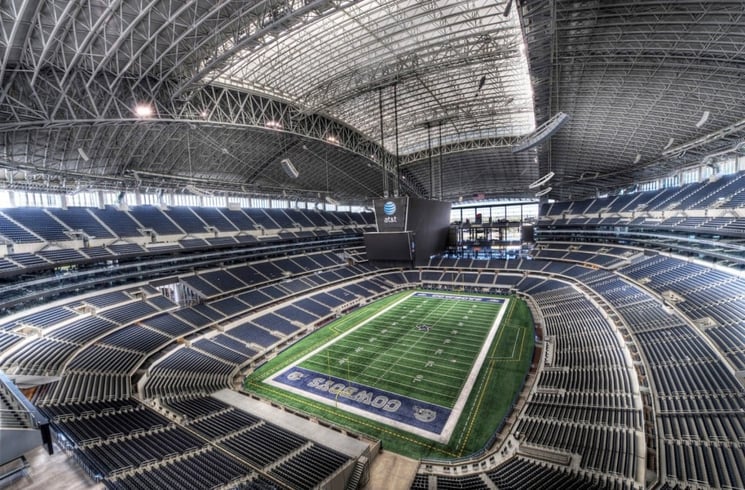
After studying other stadiums and large structures around the world, Dallas Cowboys owner, Jerry Jones chose architectural firm HKS, Inc. to design the innovative stadium. HKS also designed the American Airlines Center in Dallas, home of the Dallas Stars NHL and the Dallas Mavericks NBA teams, as well as the new Texas Rangers baseball field, Globe Life Park, also located in Arlington. HKS project director and associate principal, Mark Williams, said, "HKS designed the preliminary concepts, conferring with structural engineers at Walter P. Moore to determine what was feasible. A lot of functional issues and aesthetic issues mesh themselves together in this concept and design." Jones drew a lot of inspiration from the original Cowboy’s playing field, Texas Stadium, especially the shape of the iconic roof, and had HKS design AT&T stadium’s retractable roof. (Building Design & Construction)
Of course, it takes a village, as they say, and building a complex project such as the Dallas Cowboys stadium takes collaboration to complete.
DESTINI Estimator customer, Manhattan Construction served as the lead general contractor and construction manager for AT&T stadium. Rayco Construction of Grand Prairie and 3i Construction were also hired to help. Manhattan was a natural choice, with extensive experience in building some of the country’s most notable sports venues, including building the NFL’s first retractable-roof stadium, NRG Stadium, home of the Houston Texans; Toyota Stadium, home of FC Dallas soccer; Globe Life Park; renovations at the Tampa Bay Buccaneers Raymond James Stadium; and the Boston Red Sox and Minnesota Twins spring training facilities.
"Texas Stadium has a hole in its roof, so God can watch His favorite team play." - Former Dallas Cowboys Linebacker D.D. Lewis
13 Major Construction Feats of Dallas Cowboys Stadium
- Manhattan did all the cast-in-place work requiring 200,000 cubic yards of cast-in-place concrete and 22,000 tons of reinforced steel.
- Graig Olden, Inc. had to develop a new system to install the 8,000 soil nails to help complete the stadium’s foundation.
- Heldenfels Enterprises provided 3,000 pieces (or 30,000 tons) of reinforced concrete to help build the 1,800 seating risers and stairs.
- Structural engineers Walter P. Moore had to design a slurry wall box system to support the trusses that support the 660,800-square foot retractable roof.
- For the skin, glass fabricator Viracon made 5,071 glass panels weighing a total of 1 million pounds.
- Childress Engineering Services provided design and layout help for the stadium’s skin, and glass, glazing, and curtain wall glazing systems comprising of 500,000 square feet of glass and composite aluminum panels.
- Texas Wall Systems, Inc. made a customized aluminum prefabricated curtain wall installed by Haley-Greer, Inc.
- The technology infrastructure at the stadium includes 250 miles of fiber-optic cable, 69 wiring closets, and 700 wireless access points.
- Four spread footer pads poured 60 feet below grade, with 40 feet showing help support the roof.
- It took 18 months for Derr Steel Erection Co. to erect the roof’s steel, KPos Company installed the fixed membrane, Uni-Systems designed a new rack-and-pinion gear-drive system for the roof’s movement, and VAHLE, Inc. developed the roof’s electrics.
- Hellas Construction developed a 41-interchangeable panel turf called SoftTop Convertible Turf System which allows for the stadium to remove and install it in 24 to 40 hours depending on the type of event the stadium is hosting.
- Oldcastle BuildingEnvelope, a CRH Company not only designed the end zone doors, but also custom-designed the unitized curtain walls of the stadium’s bowl, and provided the glass metal, railings, end curtain wall for suites, drainage basins and catches, utility and light pole bases, cable boxes, grey block, split-face block, burnished block, paving, and flowable and granular fill.
- FSG Signs designed, fabricated, and installed the 43-feet tall and 385-wide AT&T lettering on top of the roof. The sign is heated to melt snow and ice.
“AT&T Stadium, or Cowboys Stadium as it was known, really set a new paradigm for football stadiums in America. To me, it’s still the best stadium in the world." -Fred Gaudelli, executive producer of NBC’s Sunday Night Football.
April 2006, Mario Sinacola and Sons Excavating started breaking ground at the Dallas Cowboys Stadium. On May 27, 2009, the stadium was completed. A few weeks later, George Strait, Reba McEntire, Blake Shelton, and Lee Ann Womack played a sold-out show—the first event held at the stadium.
The Dallas Cowboys played their first game in their new home on September 20, 2009, against the New York Giants. The Cowboys lost.
Watch more about the roof’s construction.

-1.png?width=112&height=112&name=image%20(4)-1.png)






